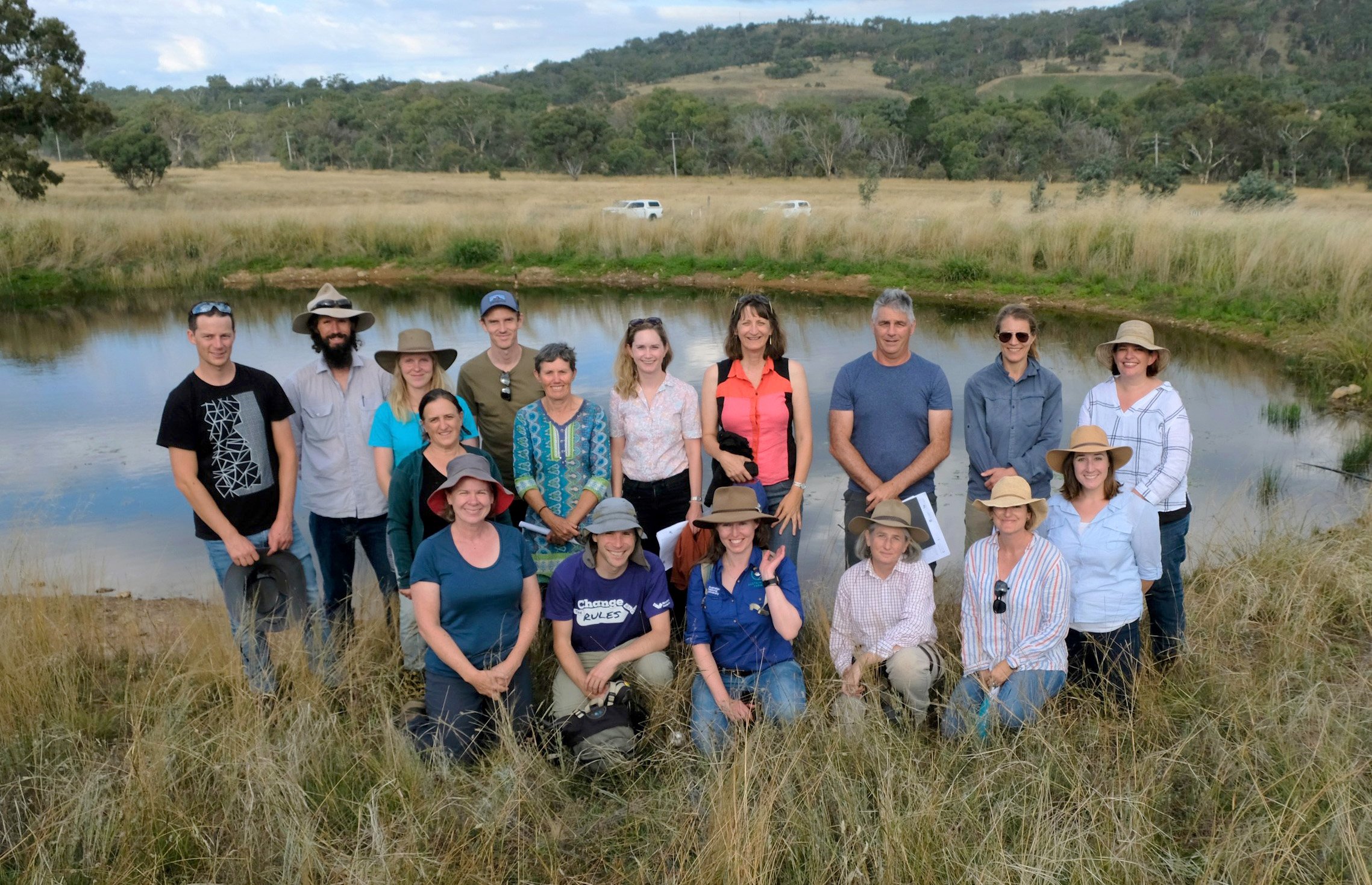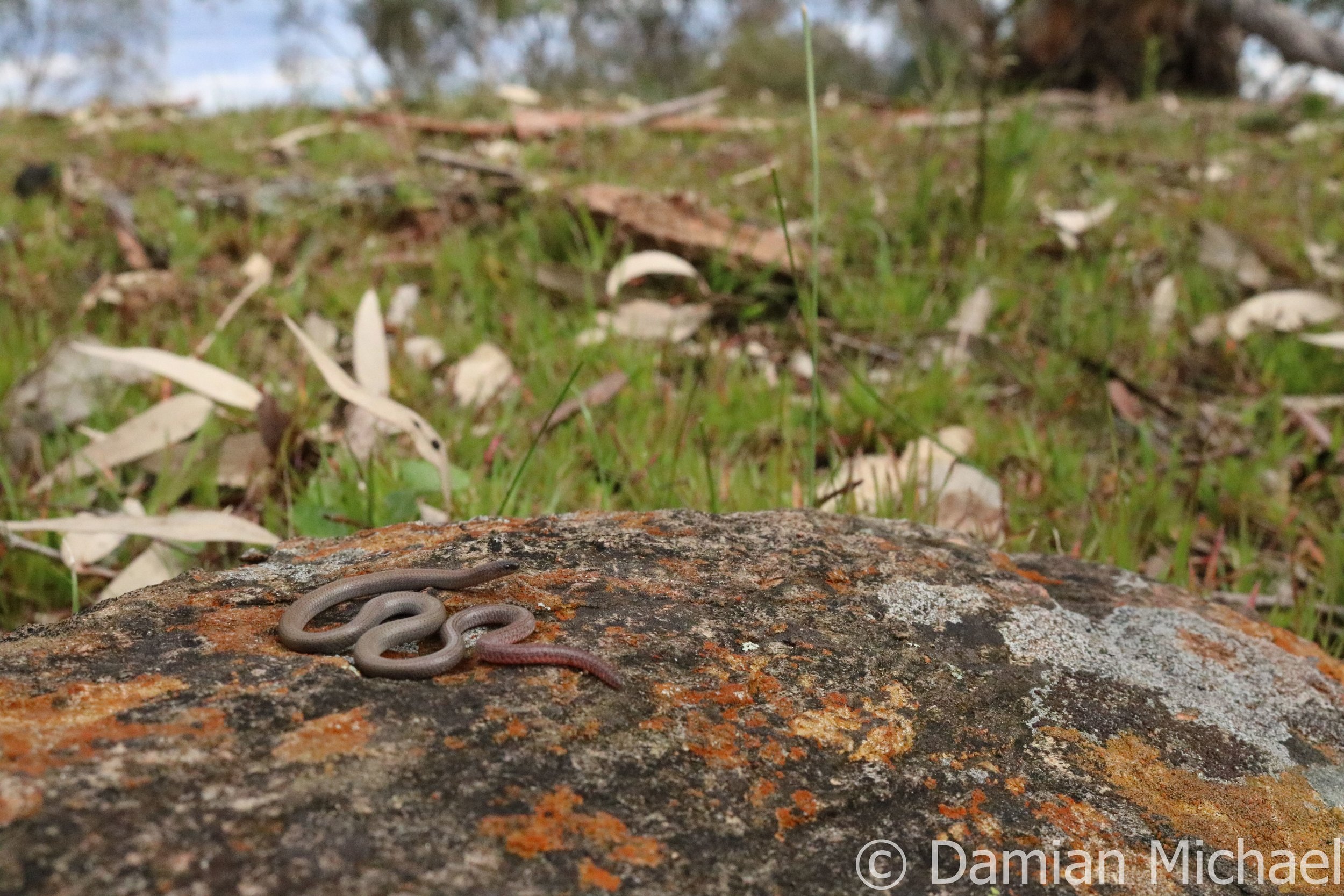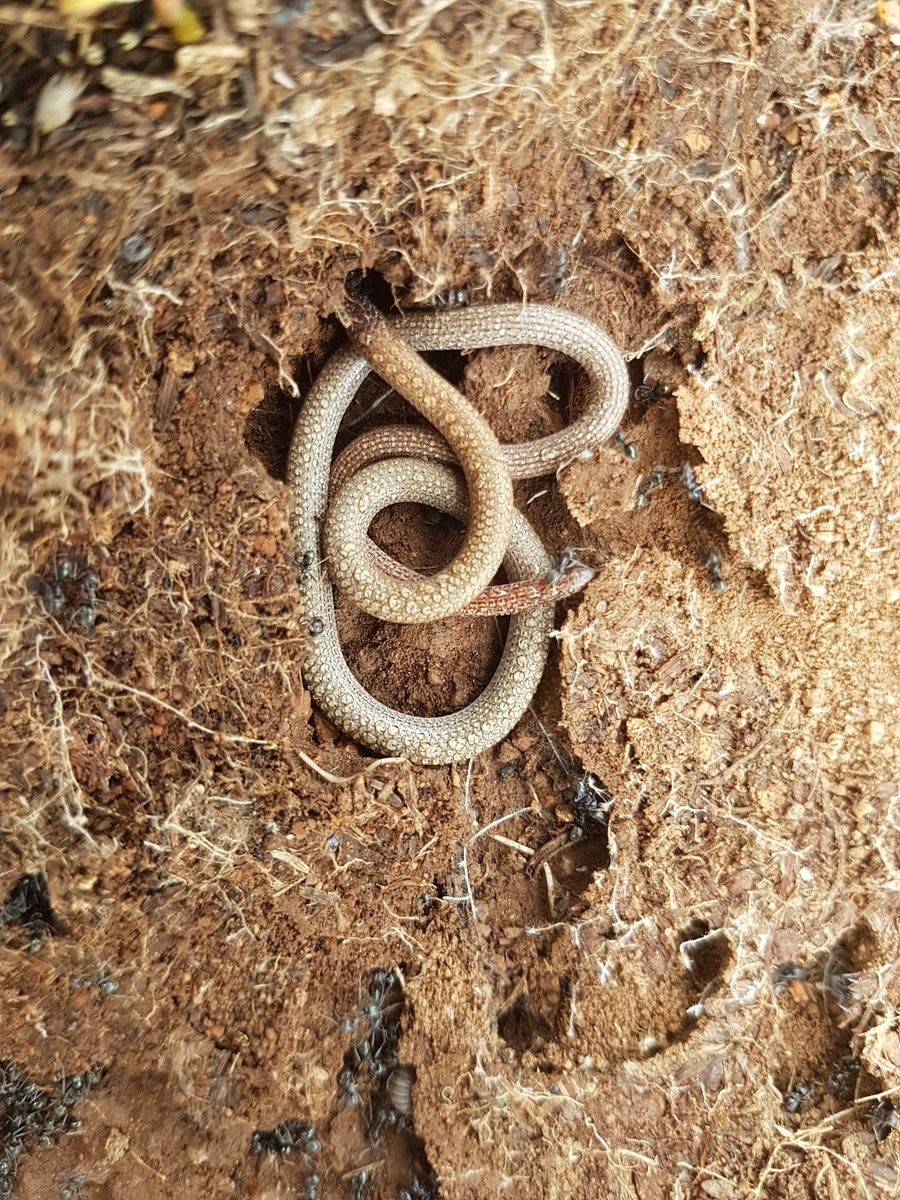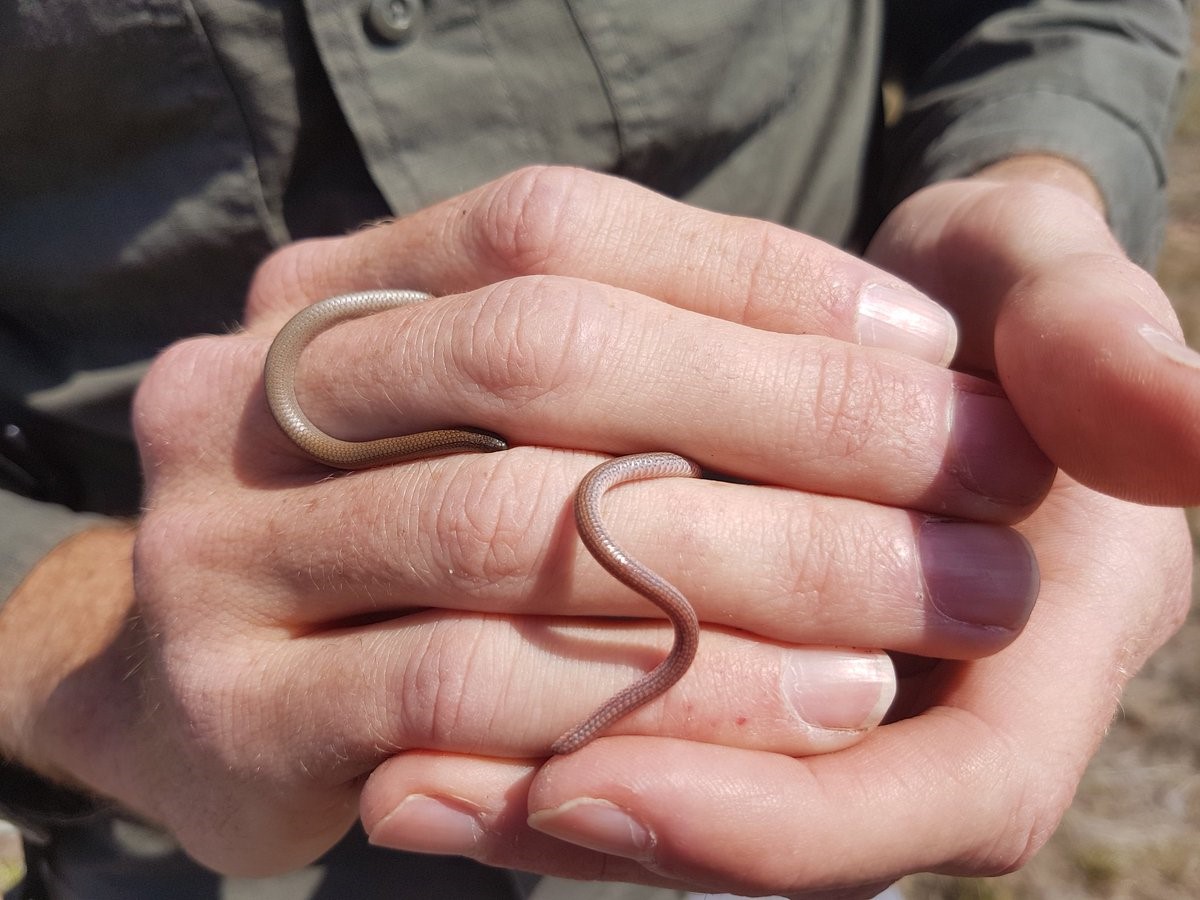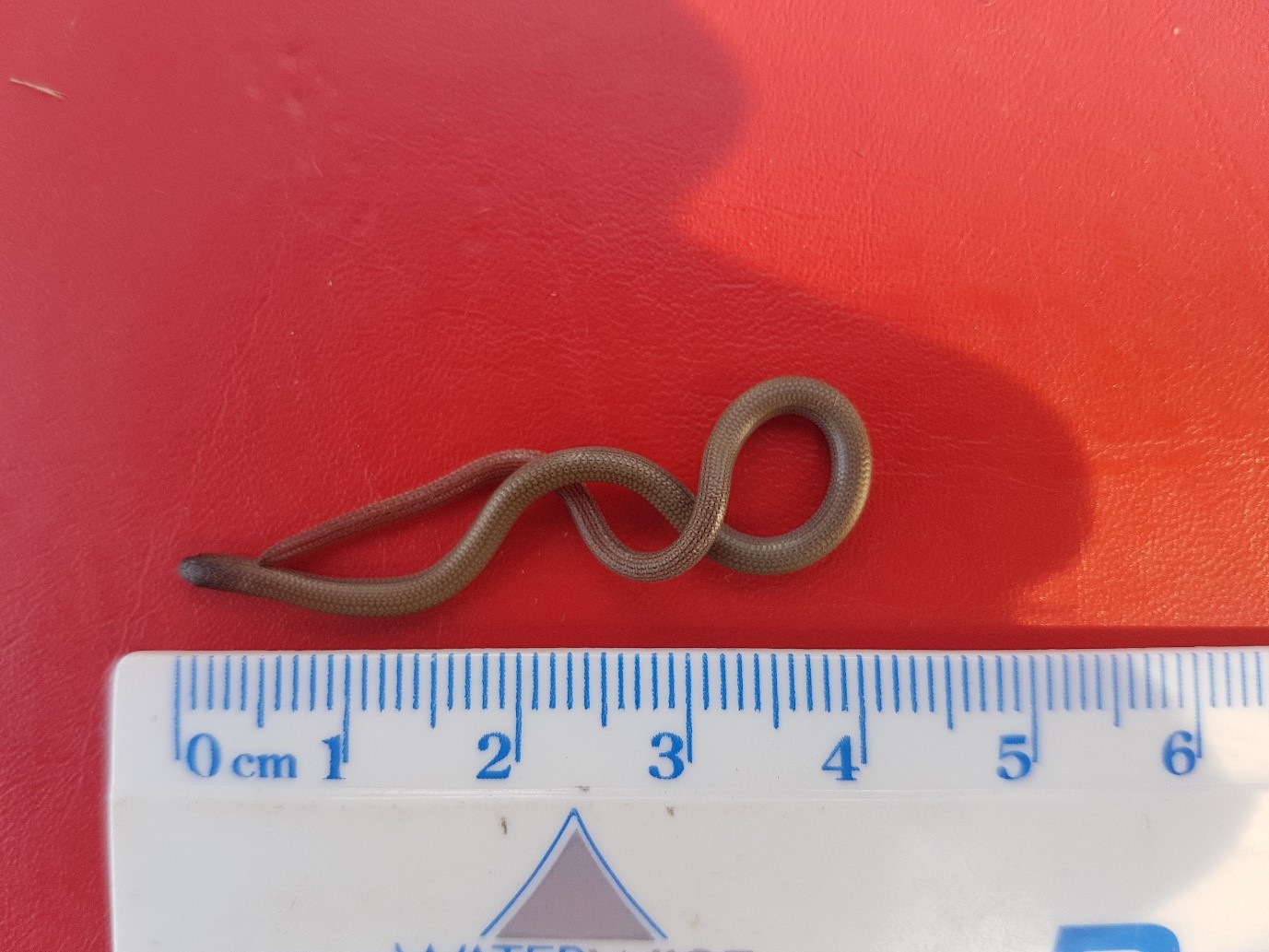In 2018, the Sustainable Farms project was created. While it draws upon the 20 years of ecological research undertaken on farms by the Long Term Ecology research team led by Professor David Lindenmayer, Sustainable Farms is also an outreach and extension initiative, with a strong cross-disciplinary research element.
Sustainable Farms is an Australian National University initiative supported by funding from the Australian Government’s National Landcare Program, as well as by philanthropic organisations and industry groups. The project works closely with Landcare groups and NRM agencies in NSW and Victoria. It is led by Ms Michelle Young, and in addition to the expert team of ecologists, also comprises researchers in mental health and economics, and communications and engagement staff.
The Sustainable Farms team, pictured at a farm dam near Canberra in February 2021.
The Sustainable Farms project is locally embedded, working in the NSW South West Slopes, Central West, Murray-Riverina and North East Victoria. A key driver of the project is enabling farmers and NRM practitioners to access the ecological science gathered by the Long Term Ecology group over many years, as well as to expand the research to help understand the drivers and constraints for farmers interested in investing in landscape restoration
In 2019, the project received $5.93 million in Australian Government funding to measure the benefits of farm dams. This is the first research project of its kind in Australia, enabling researchers to quantify the gains made in biodiversity, water quality and productivity when farmers improve their dams.
A new website has been created for Sustainable Farms, and as a result this Long Term Ecology website will no longer be updated. To find out about our research, events and news, please visit SustainableFarms.org.au. We distribute an enewsletter approximately once a month, and you can sign up to receive the newsletter here.
